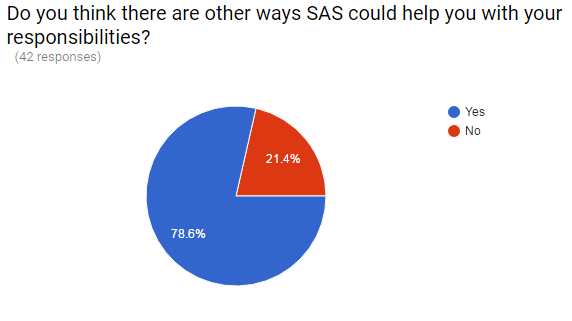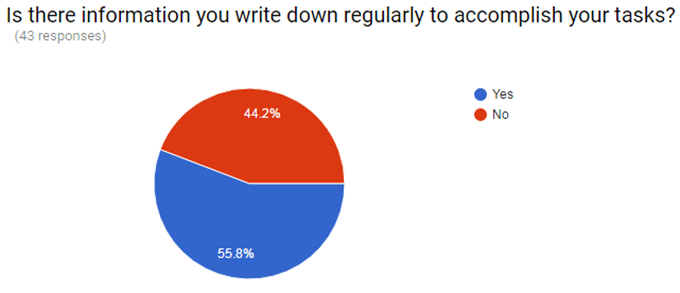Family-owned and operated for more than 35 years, Twiddy & Company prides itself on exceptional real estate services to homeowners and vacationers in northeast North Carolina and the Outer Banks. Whether a customer is thinking of putting their house up for rent or planning their next vacation, Twiddy makes the rental process smooth and easy. And it's no small task. They manage 6800 rooms; ensure each property is clean, safe and serviced; optimize occupancy and rates for property owners; and negotiate better pricing with service providers like carpet cleaners, plumbers, pool and spa maintenance specialists, and electricians.
How do they do it? To find out, I spoke with Clark Twiddy, Chief Administrative Officer. He credits their investment in SAS software as a critical success factor. “It's helped revenue generation, and you can see that on our website. It's helped with cost efficiency and we can measure it very clearly. It's enriched the lives of the people at the company and our customers,” says Twiddy.
He hopes Twiddy’s lessons learned will help other SMBs (small and midsize businesses) realize the value of their data and capitalize on the power of analytics. Here Clark shares the key factors of success in the first of the company's three phases of analytic growth (be sure to check back for parts one and two of the Twiddy & Co. story!):
No. 1: Change one mind at a time
You can’t approach cultural change as a project manager. “If you'd asked me four years ago, I would've said phase one will take six months and phase two will take another six months.” Culture change takes time, patience and trust.
“We had to make a decision to trust the data over our instincts. For a company that's gone by the seat of it's pants for years, it's tough. Once we started exploring the data, we realized how far off our gut was.” Regular communication increases receptiveness to new ideas.
“Every morning at eight o’clock, senior leaders report on the health of reservations. Every Tuesday we create a video exclusively for homeowners. We also create weekly videos on Five important things that went on in the company this week. Both videos include findings from SAS software. Everyone in the company sees SAS every day. All these communication methods combined with the output from SAS leave no room to wonder where we are and how we are doing.”
No. 2: Give data a good home
While trying to establish analytics, and standardize data use, Twiddy faced the difficult challenge of deciding where to place data in the organization. “We got it wrong a couple of times. If it's two or three layers down, that limits how effective it's going to be. We started with data residing within each functional group (rentals, marketing, home services, etc.). The functional groups met regularly to work on departmental projects, but they couldn’t prioritize. Data analysts would work individually, ask each other for help on their own projects and then report back. It was helping the individual functions, but we didn’t have visibility on combined contributions. It was difficult to measure and tell that story.”
As data moves higher up the org chart the more relevant and accessible it becomes. “Our SAS data team falls under our CFO. He works with the data daily and champions its use in decision making. He chairs a weekly business meeting with our analysts. They'll come into the room or join remotely for a business indicators review to discuss what's going well, challenges and long-term goals. They have the same data he does, so he will often to point at someone and challenge them to improve on his findings. It drives responsibility to other people: 'If you have a better idea, tell me what it is.'”
No. 3: Challenge conventional wisdom
Instead of what's easy, work for what's going to yield results. “Think about when people want to vacation at the beach. Imagine a bell curve with tails ending in January and December with the top of the curve in July. If we own a rental home, we want to make as much money as possible and minimize costs. Based on the bell curve, we’d think rental demand peaks in July so this is when we'd make the most money. However, it turns out this isn't true. There are unique pricing curves for different segments of the vacation rental industry.”
Results don’t have to be large to have a major impact on revenue. For Twiddy the benefit of refined pricing models extended beyond their bottom line to the profitability of their homeowners. “Consider a ten-bedroom ocean front house. Conventional wisdom would say homes book in February or March when people are planning their summer vacations. But in fact, most bookings for the next year occur during their vacation at the Outer Banks. Pricing for that year out is very important; even small percentages can be tens of thousands of dollars.”
No. 4: Be transparent
Some companies discourage the sharing of information, strategic or otherwise. The argument is that not every employee needs to understand the larger strategy. What you should be worried about is whether withholding important data from employees, except for sensitive information like payroll or benefits, is inadvertently causing you to miss opportunities. It begs the question: How can I help you if I don’t know what you're trying to do, or see the same thing you're seeing?
“We started to make decisions publicly on the data. If we had a soft February for reservations, we would make changes based on the data. We encourage employees and homeowners to let us know what we can do better. It removes the mystery. We’ve also learned to share good news more often. Either way folks don't have to wonder how they are doing.”
In addition to the communication Twiddy conducts mentioned in No. 1 above, Twiddy holds “Ask me anything lunches” where a senior leader joins the staff in the café for an open conversation about the company and its direction.
“If an employee asks about sales trends or reservation pace, our response is to look at the data together. They see the same data as senior leadership.” Twiddy encourages its newest hires to participate in data conversations. Even new hires approach Clark with questions about pace reports and trends in the data.
No. 5: Solicit feedback
Twiddy recently conducted an employee survey to understand the use of SAS across functional groups. Twiddy shares the survey results with all employees. 51 people responded, 82 percent of which use SAS.
“If you'd asked me without the data I would have guessed 30-40 percent but it's 82 percent after four years.” Another major surprise was which departments used SAS the most. Twiddy expected most users to be on the operations side, when in fact rentals (revenue) make up 40 percent of the total. The survey also illustrated opportunities remaining for further development of analytic competencies and SAS use (see Image 1 below).

Twiddy also wanted to document manual tasks yet to be dealt with, such as the writing down of information to accomplish tasks (see Image 2 below). “In other words, is there information you need that doesn’t exist that you have to tabulate which is a big impediment to standardized data. Sometimes we have trouble standardizing reference material. For instance, it's difficult to answer the question: How many reservations did we take in January? Two to three databases report similar but distinct numbers.”

Twiddy focuses on helping homeowners rent more weeks and delivering the best value to their guests. They want every customer to have a great Outer Banks experience. SAS has fueled and continues to support their journey. “Without question SAS usage has made our company more valuable and the information we share with owners and guests more valuable. I think for a business owner this is something to take seriously. It affects access to capital, competitive markets and the long-term strategic plan with the company.”
And they’re not done yet! Stay tuned to learn more about Phase 2 of Twiddy’s analytic journey. In the second article of this series Clark shares how Twiddy applies analytics and tips for other SMBs interested in deepening their analytic competency. In the meantime, learn how SAS can help you grow your SMB.
